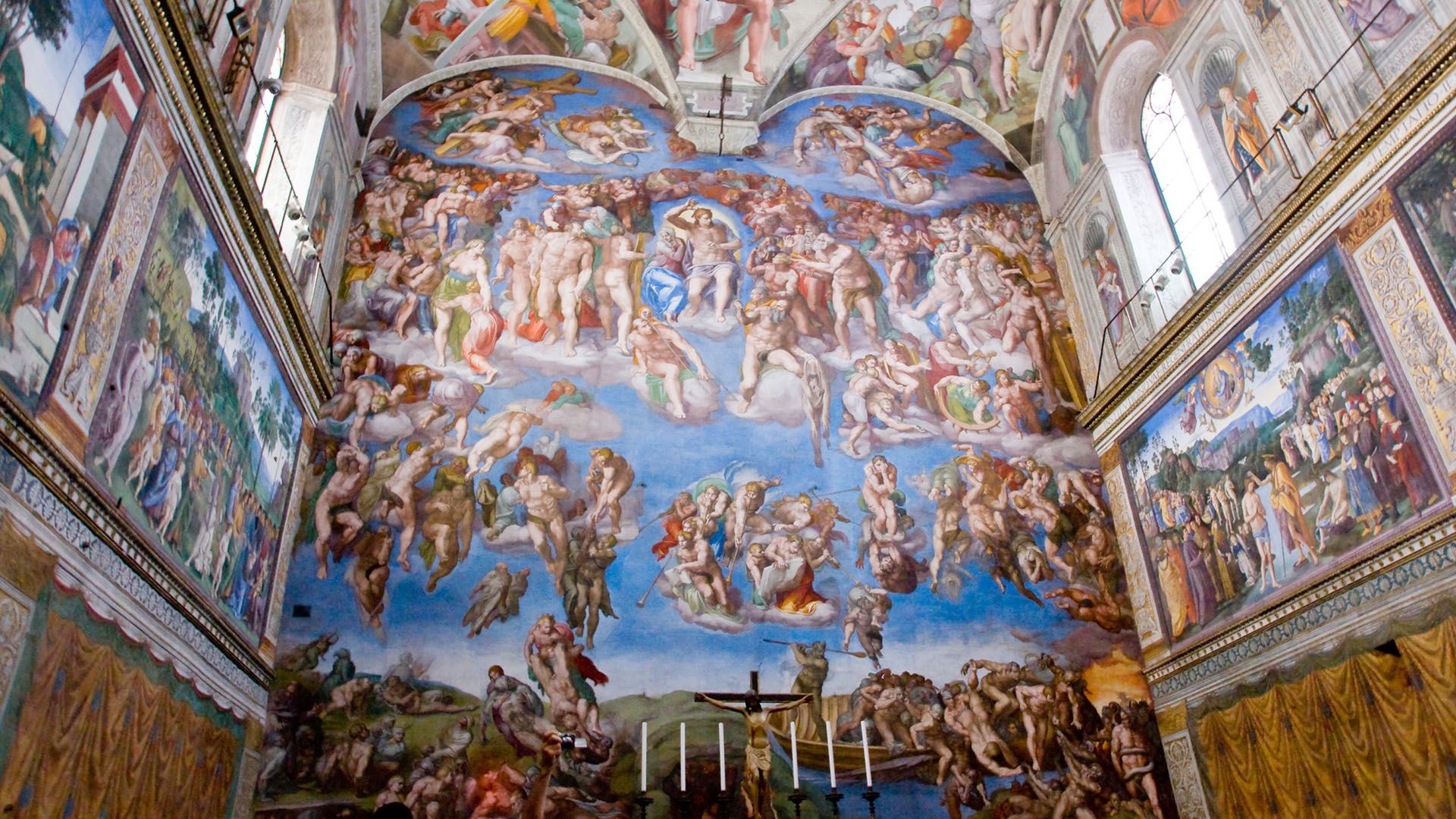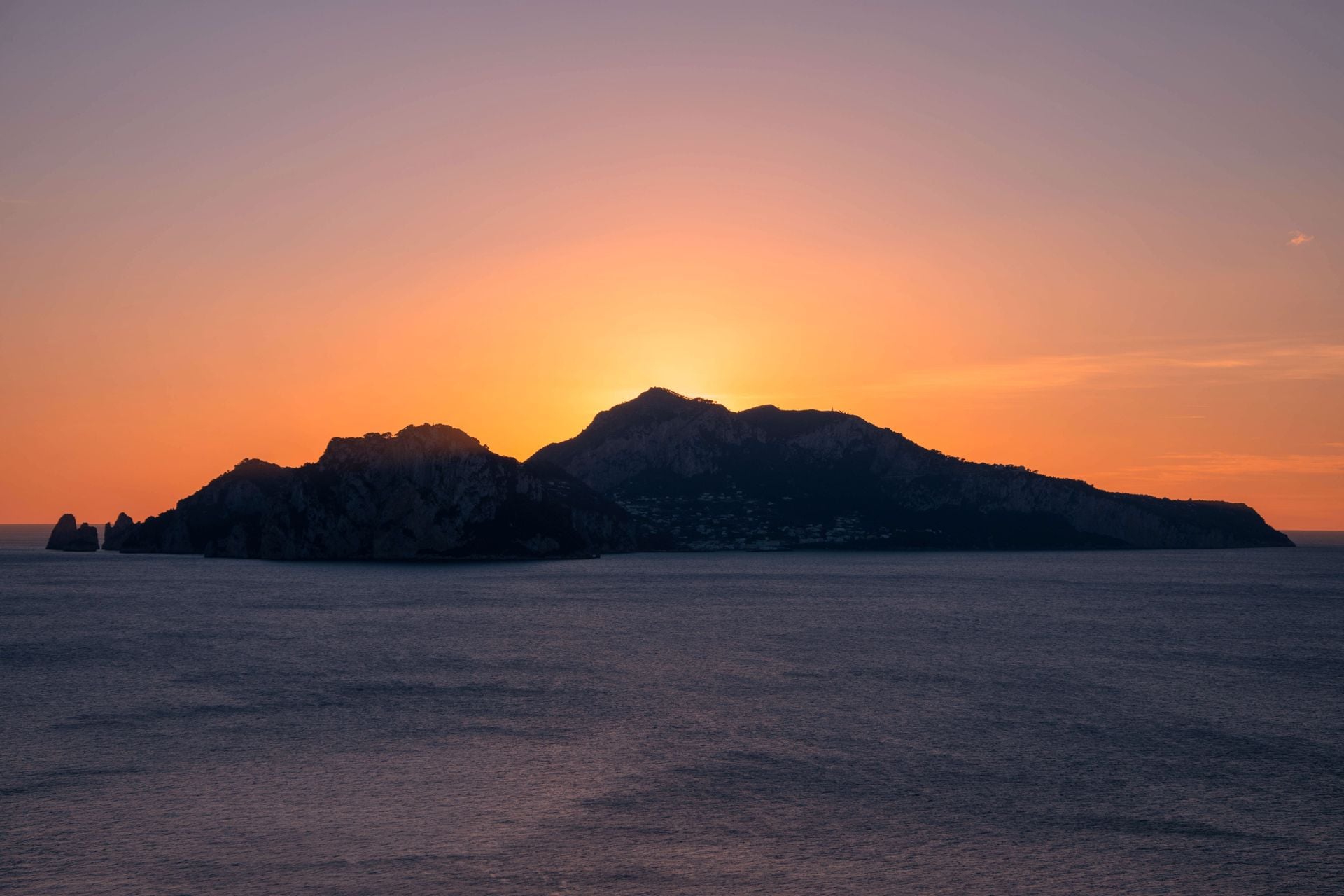Day 1: Arrive in Rome
With any luck, you’ll arrive in Rome early enough to have time to start exploring as soon as you arrive.
That’s why choosing where to stay is very important, not least when you just have a couple of days in the Eternal City…
Things to do in Rome
There are plenty of things you could do in Rome during your Italy itinerary, but here's a quick selection:
Visit the Vatican Museums and Sistine Chapel
As with the Colosseum, book your entry in advance to avoid the long, long lines at both these tourist hotspots
While most folks just end up checking out Michelangelo’s Sistine Chapel ceiling, be patient and take time to explore the labyrinth of art and artifacts in the museum complex.
Cross St. Peter’s Square and pop into St Peter’s Basilica
Since you’re already at the Vatican, it would be amiss to not see St. Peter’s Basilica — a free-to-enter attraction that houses yet more masterpieces, among them Bernini’s bronze canopy and Michelangelo’s Pietà.
If you have the energy, climb to the top of the dome for mind-blowing views of Rome.
See sunset at the Spanish Steps and stop at the Trevi Fountain
Yes, both the steps and fountain will be packed, but that somehow that doesn’t detract from their magic.
Find your spot on the steps, ready to see the sun set over Rome, before strolling to the Trevi Fountain — it looks rather marvelous illuminated at night.
Traveling as a family? Discover the best things to do in Rome with kids. Gladiatorial adventures aside, I especially recommend taking little ones to Villa Borghese. This beautiful park is perfect for little ones to let off steam in, plus it has playground areas and a boating lake.
Where to stay in Rome
Following advice from a Roman friend, I went for accommodation in Trastevere and totally fell for the district. It’s lively, loaded with restaurants and bars, and had a lovely local vibe. Read more on where to stay in Rome.
- Centro Storico: The heart of Rome, home to landmarks like the Pantheon, Piazza Navona, and Campo de’ Fiori. Perfect if you want to be surrounded by history and walk to most major sights.
- Trastevere: A charming, bohemian district across the river with cobbled streets, trattorias, and bars. Ideal for those who want a lively, authentic Roman atmosphere.
- Monti: A trendy neighborhood near the Colosseum, known for its vintage shops, cafés, and relaxed vibe. Great for travelers who want central access without the crowds.
- Prati: Close to the Vatican, this elegant area has wide boulevards, boutique hotels, and local restaurants. Perfect for a quieter, more refined stay.
















